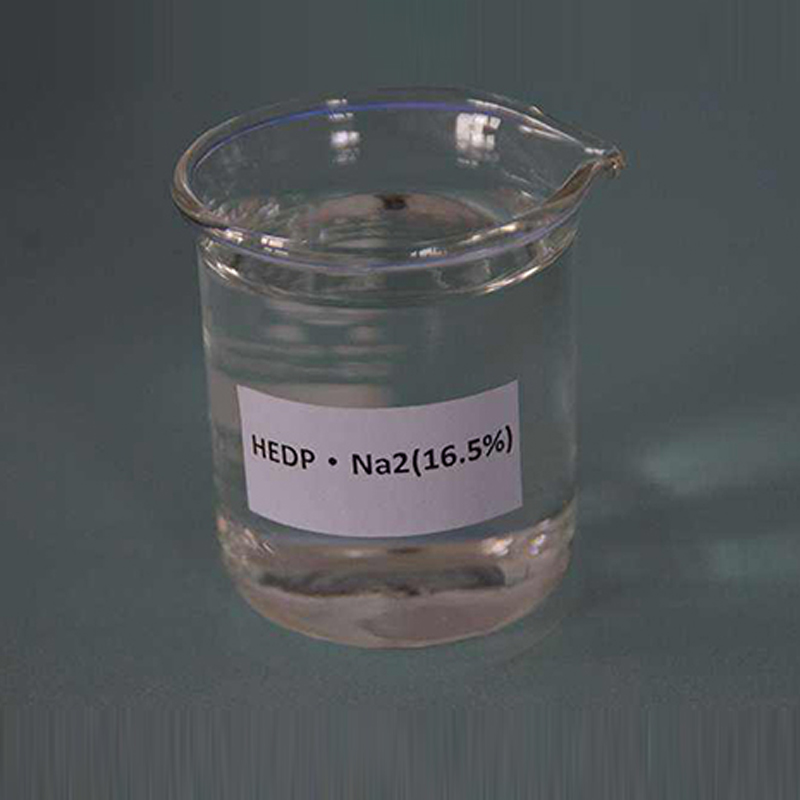Polyaluminum Chloride Water Treatment
Poly Aluminum Chloride in Water Treatment
Water treatment is a crucial process for ensuring access to clean and safe drinking water. Among the myriad of chemicals used in water purification, Poly Aluminum Chloride (PAC) has gained prominence due to its effectiveness and versatility. This article explores the role of PAC in water treatment, its advantages, and considerations regarding its use.
What is Poly Aluminum Chloride?
Poly Aluminum Chloride is a chemical compound formed as a result of the polymerization of aluminum chloride. It is typically produced as a white solid or a pale yellow solution. PAC is widely used as a coagulant in the treatment of drinking water and wastewater. When added to water, PAC helps remove impurities and suspended particles by causing them to clump together—a process known as coagulation. This coagulation leads to the formation of larger aggregates, or flocs, which can then be efficiently filtered out.
Role in Water Treatment Process
The water treatment process can be broadly divided into several stages coagulation, sedimentation, filtration, and disinfection. PAC primarily plays a significant role in the coagulation phase. When introduced into water, PAC reacts with the negatively charged particles, neutralizing them and promoting the formation of larger flocs. These flocs can effectively trap turbidity, organic matter, and even certain pathogens, thereby improving water clarity and quality.
After the coagulation phase, the mixture is allowed to settle. The larger flocs formed by PAC settle at the bottom of the treatment facility during the sedimentation stage. The clarification process continues with the filtration stage, where remaining particles and flocs are removed through sand or membrane filters. Finally, disinfection methods are employed to eliminate any remaining pathogens, ensuring the water is safe for consumption.
Advantages of Using PAC
polyaluminum chloride water treatment

One of the primary advantages of PAC over traditional coagulants, such as aluminum sulfate, is its enhanced efficiency. PAC can function effectively across a wide pH range, making it suitable for various water types. Its ability to form larger flocs more rapidly leads to shorter coagulation times and quicker settling rates. This can significantly improve the overall efficiency of the water treatment process, allowing for faster turnover rates and reduced operational costs.
Additionally, PAC can reduce the chemical oxygen demand (COD) and suspended solids in the treated water. This is particularly beneficial in wastewater treatment, where the removal of organic materials and pollutants is crucial. Furthermore, PAC has lower levels of residual aluminum compared to other coagulants, which is an important consideration for health and environmental safety.
Considerations and Potential Drawbacks
While PAC offers numerous advantages, several considerations must be taken into account. The dosing of PAC needs to be carefully managed to avoid over- or under-dosing, which can lead to ineffective treatment or water quality issues. Additionally, the sludge generated from PAC treatment may require special handling and disposal measures.
Moreover, the long-term environmental impacts of using PAC and its degradation products should be monitored. Regular testing and monitoring of treated water are essential to ensure compliance with health standards and regulations.
Conclusion
Poly Aluminum Chloride has emerged as a vital tool in the field of water treatment, combining effectiveness with operational efficiency. Its ability to improve water quality and support sustainable practices makes it a valuable asset for municipalities and industries alike. As water treatment technologies evolve, continued research and development in the use of PAC could lead to even more innovative solutions for ensuring safe and clean water for all.
-
Scale and Corrosion Inhibitors: Key to Industrial Water TreatmentNewsMay.22,2025
-
Organic Phosphate: Structure, Properties, and ApplicationsNewsMay.22,2025
-
Isothiazolinones: a versatile and versatile biocide with a wide range of applicationsNewsMay.22,2025
-
Industrial Flocculant: The Key to Optimizing Industrial ProcessesNewsMay.22,2025
-
Hydrolyzed Polymaleic Anhydride: Structure, Properties, and ApplicationsNewsMay.22,2025
-
Application of Flocculant in Water TreatmentNewsMay.22,2025





